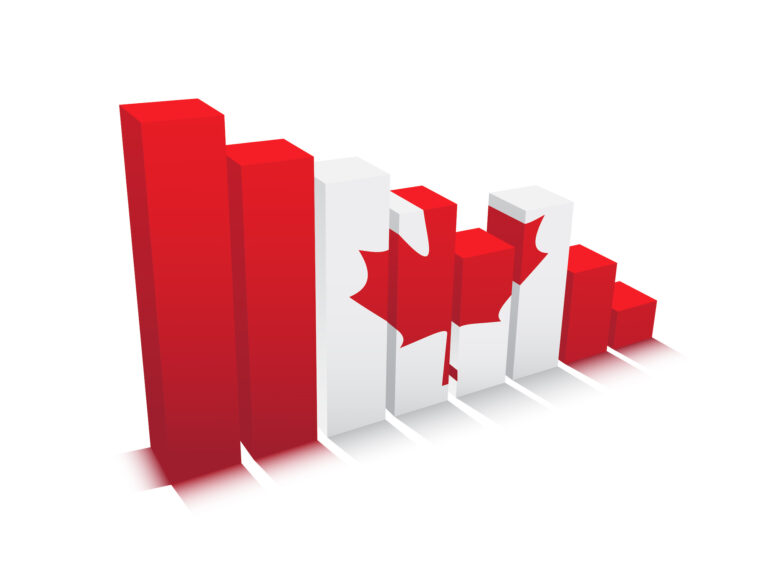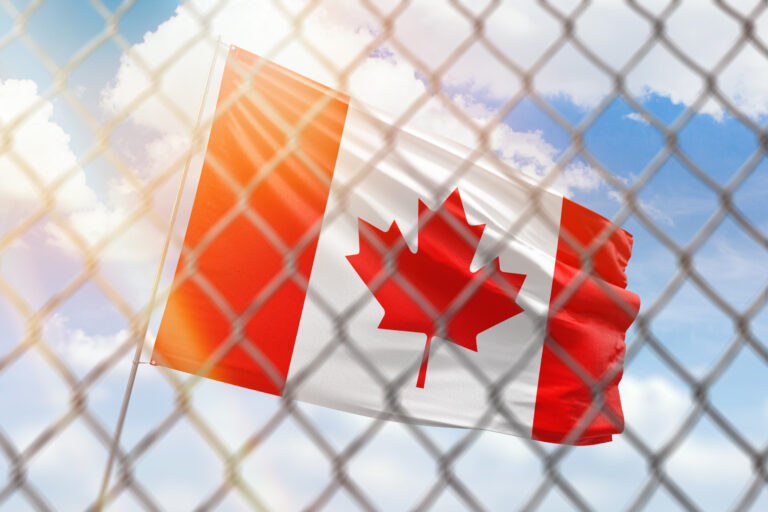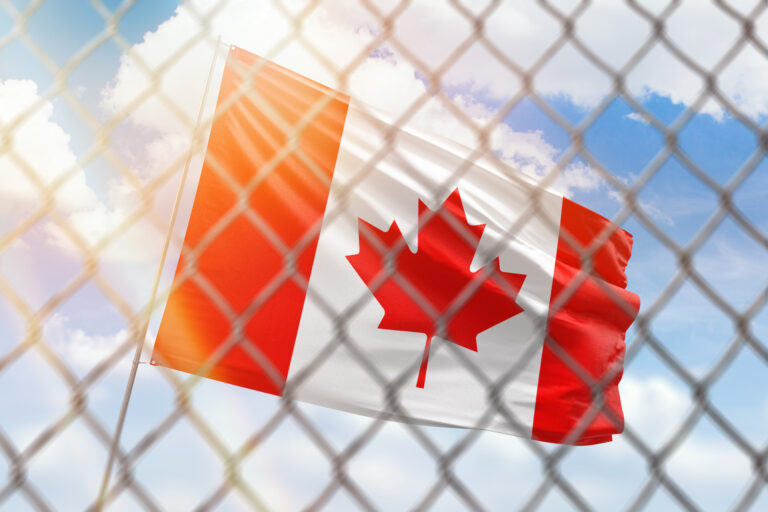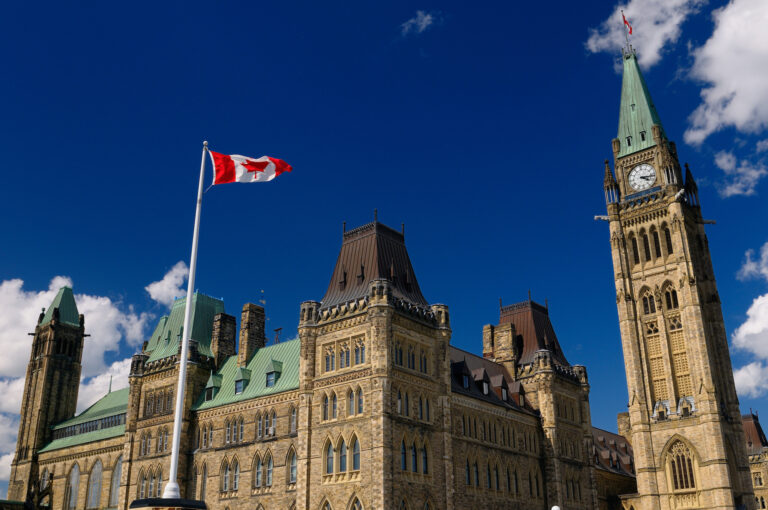The first quarter of 2023 saw a drop in Canada citizenship numbers.
In the first three months of this year 11,487, or 11.9 per cent, fewer people became new Canadian citizens, than the 96,207 in the first quarter of last year.
The country celebrates its annual Citizenship Week from May 22 to 28.
The number of new Canadian citizens from the start of the year to March 31 this year was 84,720, the latest data from Immigration, Refugees and Citizenship Canada (IRCC) reveals.
Among the big drops in sources of new citizens during the first quarter of this year, there were 1,408 fewer French nationals, 1,061 Iranians, 1,134 Filipinos, 2,075 Syrians and 1,056 Ukrainians who got their Canadian citizenship during that period than during the comparable three months last year.
The gains with 1,169 more Indians and 1,196 additional Nigerians becoming citizens in the first quarter of this year compared to the same quarter last year were not enough to offset the drops in citizenship from other source countries.
Read More Canada Immigration News
Include These Things On Your Citizenship Application Or It Will Fail
New Electronic Citizenship Certificates Now Offered By Canada
Canada Immigration Changes Cause Shift In Citizenship Of New Permanent Resident Arrivals
The latest decline in Canadian citizenship numbers does, however, come in the wake of a year that saw particularly high numbers of immigrants take the citizenship oath as Canadian immigration officials played catch-up with the COVID-19 pandemic finally on the wane
In 2022, 375,355 immigrants became Canadian citizens, more than the 137,119 in 2021 and 110,987 combined.
During Citizenship Week, everyone in Canada is invited to celebrate by attending citizenship ceremonies taking place across the country, including a livestream from Halifax on May 24.
“It is a great honour to participate in welcoming new members to our Canadian family,” said Immigration Minister Sean Fraser this week.
Citizenship Ceremonies Are The Favourite Part Of The Immigration Minister’s Job
“It is one of the best parts of my job. This week has given me the chance to reflect on everything that being Canadian means, the freedom to live as our authentic selves, the connection to our natural world, and the opportunity to reach our full potential no matter where we came from.
“I am thankful every day to be Canadian and I encourage everyone to reflect on what being Canadian means to them.”
In the past couple of years, Canada has modernized its citizenship application processes, including the launch of its Citizenship Application Tracker which was launched in May 2021. It helps applicants stay up to date on the status of their citizenship application and be aware of any required next steps to complete it.
During the year that ended March 31, 2023, an average of 30,000 people took the oath of citizenship every month. There are currently almost 100 citizenship ceremonies planned which are expected to result in 13,000 new Canadians during this year’s Citizenship Week alone.
When foreign nationals who have immigrated to Canada obtain their citizenship, it comes with many benefits and obligations.
Citizens can vote in federal, provincial and municipal elections, run for office and become involved in political activities, meaning they have a say in who runs the various levels of government that exist in Canada. That could be at the municipal, provincial or federal government level or for the local school board.
Those who do choose to run for office can do so as independent candidates or by joining one of the established parties.
Watch
Canada does make foreign nationals choose between being a Canadian citizen and being a citizen of their home countries. Depending on the home country, the new Canadian citizens may be able to hold dual citizenship.
Another benefit of citizenship is the right to hold all kinds of jobs, including those which require high-level security clearance which only citizens can have. This includes some jobs at the federal level. These jobs tend to pay well and have many benefits.
Canadian citizens get a passport, which is easier to renew and must be renewed less often than a permanent resident card.
The passport allows the Canadian citizen to travel to many countries without the need for a visa and makes it easier to get a visa where one is required. It should be noted this is for travel and does not give the passport holder the right to work in those countries
Paying Taxes Is An Obligation Of Canadian Citizens Living In Canada
Having a passport makes it easier to return to Canada from abroad. Canadian citizens can also rely on the support of Canadian consulates and embassies, provided they travel using the Canadian passport, should they get into trouble while abroad.
When Canadian citizens have children born to them in Canada, these children automatically become Canadian citizens. They will not have to go through any application process. Some children born outside Canada are also citizens at birth if at least one parent was born or naturalized in Canada.
A major obligation for Canadian citizens is to pay their taxes but it must be noted that Canadian tax laws work on residency rather than citizenship. A Canadian citizen who does not live in Canada does not have to pay Canadian taxes.
But Canadian citizens who do live in Canada are required to pay Canadian taxes on worldwide income and must pay taxes at the federal, provincial and municipal levels.









